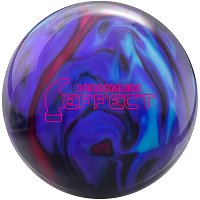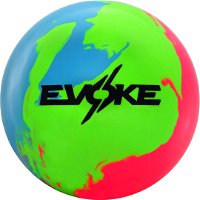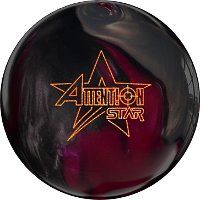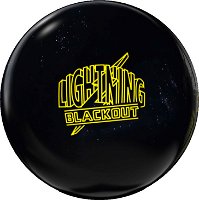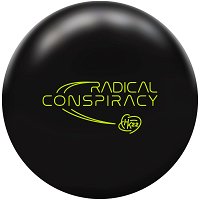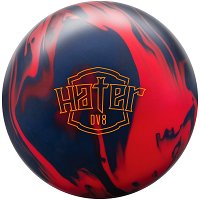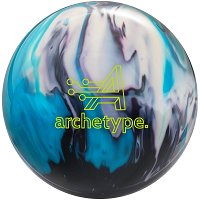Coupon excludes instant bonus items, hot deal items, and gift certificates.
The Language of Bowling
The Language of Bowling
By Bowling.com
Have you ever been to the bowling alley and had no idea what those professionals are saying with their bowling lingo? Well, I'm here to help! Below is a list compiled of a few bowling terms and definitions. Enjoy! :)

Action: Movement imparted to the ball by the fingers at the point of release.
Anchor man: The last bowler in a team.
Angle: Direction taken by the ball as it enters the 1-3 (1-2 for left-handers) pocket.
Arrows: A series of seven arrow markers 14 1/2 to 15 1/2 feet past the foul line that are placed every fifth board across the lane to serve as aiming points.
Baby strike: Pins left after the first shot containing a pocket similar to the 1-3 pocket in a full rack.
Back-end: The part of the lane between the second set of arrows and the pin deck.
Back-up ball: A reverse hook.
Ball track: The part of the ball that comes in contact with the lane as it rolls down the alley. (See Spinner, Semiroller, and Full roller.)
Blocked lane: A high-scoring condition when the boards closest to the channels have very little lane conditioner and there is a heavy oil build upon the center boards which helps to keep shots in the pocket.
Boards: The 39 strips of wood that extend from the start of the approach to the pins. They are used as both a starting and an aiming point by players.
Break of the boards: Point approximately 16 feet out from the foul line just beyond the arrows.
Brooklyn: A ball thrown into the 1-2 (1-3 for left-handers) pocket.
Carrydown: The movement of lane conditioner (caused by a succession of shots) from beyond where the oil was applied toward the pins.Carrydown decreases the ball's hooking on the backbend.
Channel: The gutter on each side of the lane.
Cherry: A pin left when a pin in front is knocked down, or chopped; when this happens, you've "picked a cherry."
Chinaman: The third bowler in a team.
Chop: To hit a front pin and leave one or more behind it.
Conventional grip: Placing your fingers into the ball up to the second joint. It promotes accuracy but retards lift and striking power. Used primarily by beginning and less-advanced players.
Cranker: A bowler who relies more on a big hook and great carrying power than on accuracy. When these folks are "on" and the condition is right, they're unbeatable (almost).
Creep speed: A ball that is rolled very slowly.
Crossover line: The aiming point for hitting the 1-2 (1-3 for left-handers) pocket.
Deep inside line: A strike line that is popular among hook players in which the bowler stands on a high-numbered board and aims for a low-numbered board.
Deflection: The movement of the ball from its path caused by the pins that are hit.
Die: When the ball loses action at the end of the roll.
Dots: A series of spots found on the foul line and seven feet past the foul line. Also at the two most common starting points on the approach. Used primarily as reference point for foot placement. They can also be used for aiming points.
Dump: Dropping the ball at the foul line.
Early timing: Releasing the shot prior to the sliding foot arriving at the foul line.
Fifth arrow: The third from the left (for a right-handed player) or from the right (for left-handers) of the seven arrows on the lane. Located on the 25th board.
Fill: The number of pins dropped after a spare.
Finger grips: Inserts placed into finger holes of the ball. Promotes a later release for added lift.
Fingertip grip: A grip whereby the bowler inserts his fingers only up to the first joint. Used to promote hook and striking power.
Finger weight: Drilling the ball so that the finger holes are closer to the ball's label than is the thumb hole. It is a form of positive weight. Legal limit is one ounce.
First arrow: The farthest to the right (for a right-handed player) or from the left (for left-handers) of the seven arrows on the lane. Located on the fifth board.
Flatten: To turn the wrist away from the ball at the end of the release.
Fourth arrow: The arrow in the middle of the seven arrows on the lane. Located on the 20th board.
Foul line: The line at the end of the approach marking the beginning of the lane; the sliding foot or any part of the bowler's body touching the lane beyond the foul line results in a loss of pins made on the roll.
Frame: One of ten divisions of a game; the corresponding box on a score sheet.
More coming soon!!




